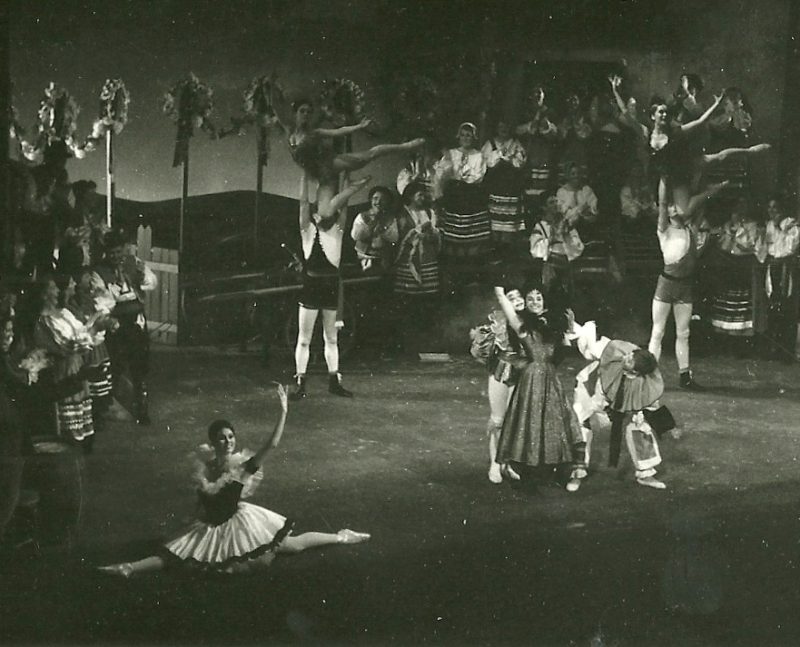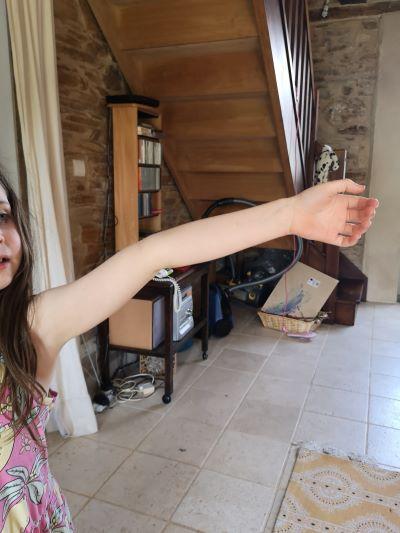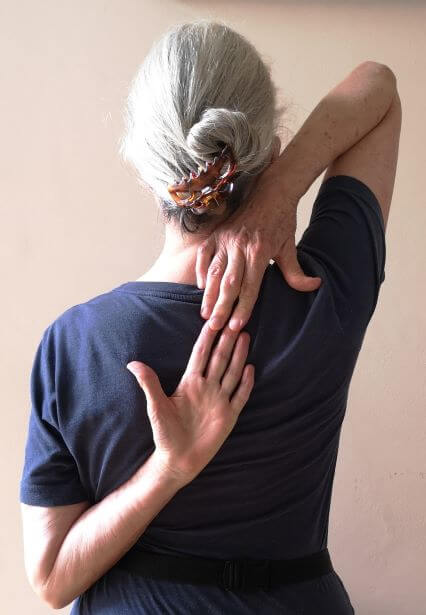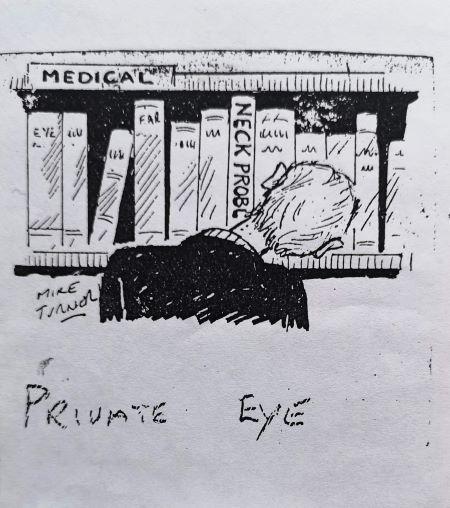Yes, Even Alexander Teachers Can Have Arthritic Hips
The Alexander Technique is sometimes thought of as a ‘cure-all’ but of course it isn’t. However, using the AT can help people manage and alleviate a wide range of conditions, which has been my experience with arthritic hip problems. Osteoarthritis is a degenerative disease of your joints, which become painful and gradually stiffer. One of the main causes of osteoarthritis is overuse of the joints and another is genetic factors. Of course aging and general wear and tear also contribute. Several members of my family had arthritis and my brother has also had a hip replacement, so genetic factors probably contributed to my developing osteoarthritis.
Forcing a stretch can cause problems
My own story of hip problems started at the age of 5 when ballet lessons came into my life – I didn’t know it then, of course. I enjoyed dancing but always struggled to get a good ‘turnout‘, the outward rotation of my legs and hips, which is an essential part of classical ballet technique. If I sat cross legged, my knees were always up in the air, and could not drop down. Not a big problem aged 5 but by the age of 8, ballet was getting to be a serious part of my life, so more effort was made to make me more supple and ‘stretchy’.
Aged 11, ballet became very serious, when I was accepted to train at the Royal Ballet School (White Lodge), where trying to increase my flexibility became a constant battle. Unfortunately, the term ‘battle’ is appropriate as I was always trying to force myself to stretch. I was an anxious and tense child, who found boarding school hard. I wish I had been learning the Alexander Technique at that point and had learned to calm myself and also to yield to a stretch. Quite often my mother, or a teacher, would push down on my back or my legs to increase my range of movement there. No one mentioned that the shape and angle of the femoral neck as it links to the hip socket, would determine how far, or how little, I could achieve a good turnout. Trying to force my body to stretch probably contributed to my having back ache, a strained Sacroiliac joint and eventually, hip joint problems.
I became able to do the splits, as can be seen in the photo below and I could sit on the floor with straight legs and my head on my knees. I increased the amount I could bend backwards and raise my legs in the air. But my increased flexibility was hard won and my hips and turnout only yielded a little. I was used to my muscles aching but I wasn’t aware of what might happen to my bones. No-one mentioned the fact that some hip joints are shaped in such a way that they will never allow the legs to ease into a good turnout, or lotus position. But I kept trying…

Hilary King Doing the Splits in Welsh National Opera’s Bartered Bride, 1965
Penguin Walk
I developed a balletic gait, with my feet turned out as I walked – a ‘penguin walk’ as we called it. In walking like this, the outward rotation of the leg went right up into the hip joint as well. This habit stayed with me long after I stopped dancing in my late thirties but was greatly modified when I started having Alexander lessons. Thirty odd years of having been trained into an unhelpful habit, does make it far more of a challenge to change! I can still relapse into a modified version of this habit. Dancing and moving in this unnatural way for so many years impacted on my body and probably contributed to arthritis developing in my hip joints. Arthritis is one of the conditions that many ballet dancers develop over the years. (Understanding hip pathology in ballet dancers: Yash Singh et al 2022)
I first noticed some hip joint pain when I was in my late thirties, doing a psychology degree as a mature and very stressed student. I had a 2CV car with a bucket seat which tipped backwards and the seat sloped back and down, so my knees pushed in towards my hip joints, which began to hurt. Fortunately I had been having some Alexander lessons by then, so I was able to help myself in several ways.
Letting go tension habits required practical and attitudinal changes
I realised I had a habit of tensing my legs and contracting them in towards my body when I felt stressed. This was more marked as I used the car pedals. To change the angle of my legs as I drove, I sat on a cushion. I also had another at my back, so I sat in a more upright and balanced position. In my AT lessons, I learned how to drive the car more freely and to avoid contracting my legs tensely in the car. I gradually developed an easier manner and was able to be less fraught and tense when sitting for hours writing essays and looking after two young children.
My walking gait changed, so I could walk in a more balanced way with more parallel feet. My old sacroiliac problems eased and my hip pain went away for many years. Other huge bonuses were that my college work improved and I started getting higher marks – plus I could manage my stress better and I was calmer with my children, which they appreciated!
Osteoarthritis Diagnosis
It was another thirty odd years before I noticed my hips causing pain again, so I am grateful to have been able to use the Alexander Technique over the years, which helped me slow down the degenerative changes. Eventually, however, my left hip felt as if it was getting rusted in! It ached after walking any distance and during the night, so it constantly disturbed my sleep. It was time to be referred to a consultant. The Xray revealed moderate to severe osteoarthritis and a date for a total hip replacement was put forward.
Once again, all the awareness and skills I have gained from using the Alexander Technique was invaluable to me during the period up to the operation and afterwards through my recovery. But more about that later….
A useful book for anyone wanting to help themselves with hip issues, has been published by an Alexander teacher in the US. Rodiger: Mind and Mend your Hips. Better Hip Health by Ann Rodiger


